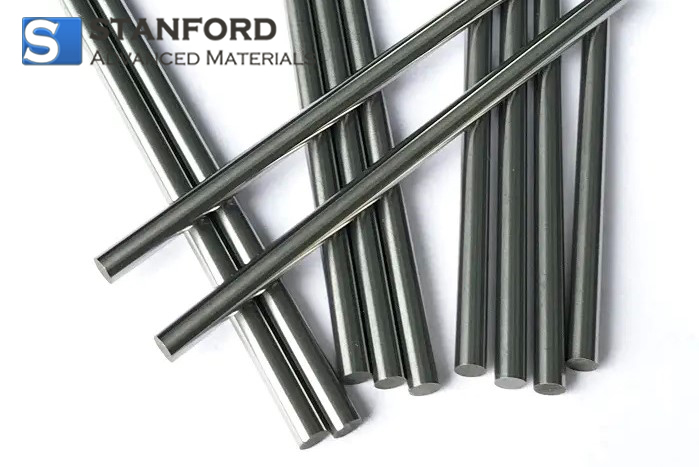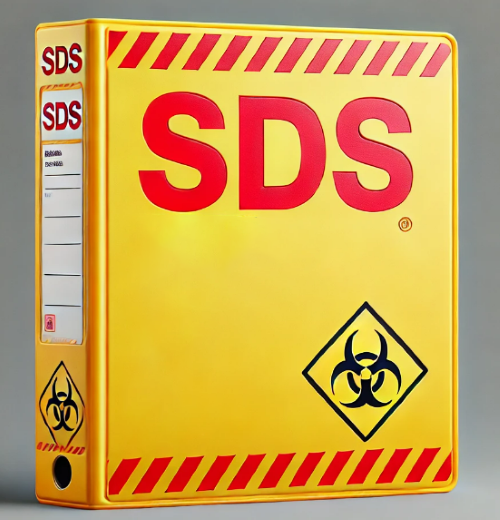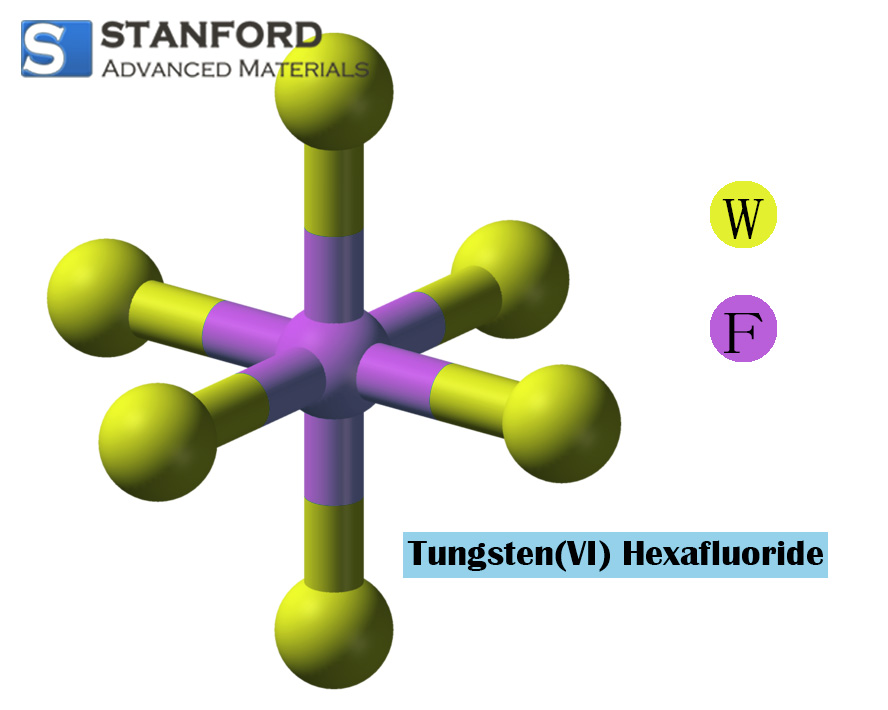MSDS Of Magnesium Oxide
1 Identification of the Substance
Product Information
Product Name: Magnesium Oxide
Stock Number: OX12
Manufacturer/Supplier:
Stanford Advanced Materials
23661 Birtcher Dr., Lake Forest, CA 92630 U.S.A.
Telephone: (949) 407 8904
Fax: (949) 812 6690
E-Mail: sales@SAMaterials.com
2 Composition/Component Data
Chemical Characterisation: Magnesium Oxide (CAS# 1309-48-4); 100%
Labelling Number(s): EINECS Number: 215-171-9
3 Identification of Hazards
Hazard Description: - Not applicable
Information on special hazards for humans and the environment: Not applicable
Classification System
HMIS Ratings (Scale 0-4)
(Hazardous Materials Identification System) Health (acute effects) = 1
Flammability = 0
Reactivity = 0
4 First Aid Measures
After inhalation: Provide fresh air. If necessary, administer artificial respiration. Keep the patient warm. Seek medical advice immediately.
After skin contact: Immediately wash with water and soap and rinse thoroughly. Seek medical advice immediately.
After eye contact: Rinse eyes for several minutes under running water with the eyelids held open. Then consult a doctor.
After ingestion: Obtain medical assistance.
5 Fire Fighting Measures
Suitable extinguishing media: The product is non‐combustible. Apply fire-fighting measures appropriate to the surroundings.
Protective equipment: Wear a self-contained breathing apparatus. Wear an impermeable full protective suit.
6 Measures for Accidental Release
Personal safety measures: Wear protective equipment. Keep unprotected persons away. Ensure adequate ventilation.
Environmental protection measures: Prevent the material from entering the environment without authorised permission.
Cleanup/Recovery Measures: Mechanically collect the material.
Additional information: Refer to section 7 for information on safe handling, section 8 for details on personal protective equipment, and section 13 for disposal instructions.
7 Handling and Storage
Handling
Safe handling instructions: Keep the container sealed. Store in a cool, dry place in tightly closed containers. No specific precautions are necessary when used correctly.
Instructions for protection against explosions and fire: The product is non‐combustible.
Storage
Requirements for storage rooms and containment: None.
Storage in a shared facility: Not required.
Further storage conditions: Keep containers sealed. Store under cool, dry conditions in well‐sealed containers.
8 Exposure Control and Personal Protective Equipment
Additional information regarding technical systems: Use a properly operating chemical fume cupboard designed for hazardous chemicals with an average inflow velocity of at least 100 feet per minute.
Components with limits that require workplace monitoring:
Magnesium Oxide: mg/m3
ACGIH TLV: 10
Austria MAK: 6
Belgium TWA: 10
Denmark TWA: 6
France VME: 10
Germany MAK: 6
Hungary TWA: 5; 10‐STEL
Ireland TWA: 10
Korea TLV: 10 (Smoke)
Netherlands MAC-TGG: 10
Norway TWA: 10
Poland TWA: 10 (dust)
Russia TWA: 5‐STEL
Switzerland MAK-W: 6
United Kingdom TWA: 10 (inhalable total dust) 4 (smoke and thoracic dust)
OSHA PEL: 15 (total particulate)
Additional information: No data
Personal Protective Equipment
General precautions and hygiene measures: Adhere to standard precautions when handling chemicals. Keep away from food, beverages and feed. Remove contaminated clothing immediately. Wash hands before breaks and at the end of work.
Respiratory equipment: At high concentrations, use suitable respiratory protection.
Hand protection: Wear impermeable gloves. Check gloves for proper condition before each use.
Glove material: The selection of suitable gloves depends on the material and quality. Quality may vary among manufacturers.
Eye protection: Protective goggles
Body protection: Workwear.
9 Physical and Chemical Properties
General Information
Form: Powder
Colour: White
Odour: Odourless
Property/Range Unit Method
Melting Point/Range: 2852 °C
Boiling Point/Range: 3600 °C
Sublimation Temperature/Onset: Not determined
Flash Point: Not applicable
Autoignition Temperature: Not determined
Decomposition Temperature: Not determined
Explosion Hazard: The product does not pose an explosion hazard.
Explosive Limits:
Lower: Not determined
Upper: Not determined
Vapour Pressure: Not determined
Density: at 20 °C 3.58 g/cm³
Solubility/Miscibility with Water: Not determined
10 Stability and Reactivity
Thermal Decomposition/Conditions to Avoid: Under specified use and storage conditions, no decomposition occurs.
Substances to Avoid: Oxidising agents
Hazardous Reactions: No hazardous reactions are known
Hazardous Decomposition Products: None are known
11 Toxicological Information
Acute Toxicity:
Primary Irritation: Eyes: Powder causes irritation
Sensitisation: No sensitising effects are known.
Subacute to Chronic Toxicity: The Register of Toxic Effects of Chemical Substances (RTECS) reports the following effects in laboratory animals: Effects on nutrition and gross metabolism – an increase in body temperature; Effects on the lungs, thorax or respiration – other changes; Effects on the lungs, thorax or respiration – tumours; Effects on the blood – other haemolysis with or without anaemia; Effects on the blood – changes in serum composition (e.g. total protein, bilirubin, cholesterol); Biochemical effects – enzyme inhibition, induction or alteration in blood or tissue levels – inhibition of true cholinesterase; Effects on the brain and meninges – observations in specific areas of the central nervous system; Effects on sensory organs (including the sense of smell) – tumours; Carcinogenicity – ambiguous carcinogen as per RTECS criteria.
Subacute to Chronic Toxicity: Inhalation of magnesium oxide may cause metal fume fever. Magnesium oxide is an experimental tumour agent.
Additional Toxicological Information:
To the best of our knowledge, the acute and chronic toxicity of this substance is not fully known.
ACGIH A4: Not classified as carcinogenic to humans due to insufficient data regarding its carcinogenic effects in humans and/or animals.
12 Ecological Information:
General Guidelines: Do not allow the material to enter the environment without obtaining the necessary authorised permits.
13 Disposal Considerations
Product:
Recommendation: Follow state, local or national regulations to ensure proper disposal.
Uncleaned Packaging:
Recommendation: Dispose of in accordance with regulatory requirements.
14 Transport Information
Not classified as hazardous for transport.
DOT Regulations:
Hazard Class: None
Road Transport ADR/RID (cross-border)
ADR/RID Class: None
Sea Transport IMDG:
IMDG Class: None
Air Transport ICAO-TI and IATA-DGR:
ICAO/IATA Class: None
Transport/Additional Information:
Not hazardous as per the above information.
15 Regulations
Product-related Hazard Warnings: Adhere to general chemical handling safety instructions.
National Regulations: All components of this product are listed under the U.S. Environmental Protection Agency Toxic Substances Control Act.
Information on usage restrictions: For use only by technically qualified personnel.
END OF THE DATA SHEET
THIS SAFETY DATA SHEET IS PROVIDED EXCLUSIVELY FOR YOUR INFORMATION, CONSIDERATION, AND REVIEW. STANFORD ADVANCED MATERIALS MAKES NO EXPRESS OR IMPLIED WARRANTIES AND ACCEPTS NO RESPONSIBILITY FOR THE ACCURACY OR COMPLETENESS OF THE DATA CONTAINED HEREIN.

 Bars
Bars
 Beads & Spheres
Beads & Spheres
 Bolts & Nuts
Bolts & Nuts
 Crucibles
Crucibles
 Discs
Discs
 Fibers & Fabrics
Fibers & Fabrics
 Films
Films
 Flake
Flake
 Foams
Foams
 Foil
Foil
 Granules
Granules
 Honeycombs
Honeycombs
 Ink
Ink
 Laminate
Laminate
 Lumps
Lumps
 Meshes
Meshes
 Metallised Film
Metallised Film
 Plate
Plate
 Powders
Powders
 Rod
Rod
 Sheets
Sheets
 Single Crystals
Single Crystals
 Sputtering Target
Sputtering Target
 Tubes
Tubes
 Washer
Washer
 Wires
Wires
 Converters & Calculators
Converters & Calculators
 Write for Us
Write for Us


 Chin Trento
Chin Trento


